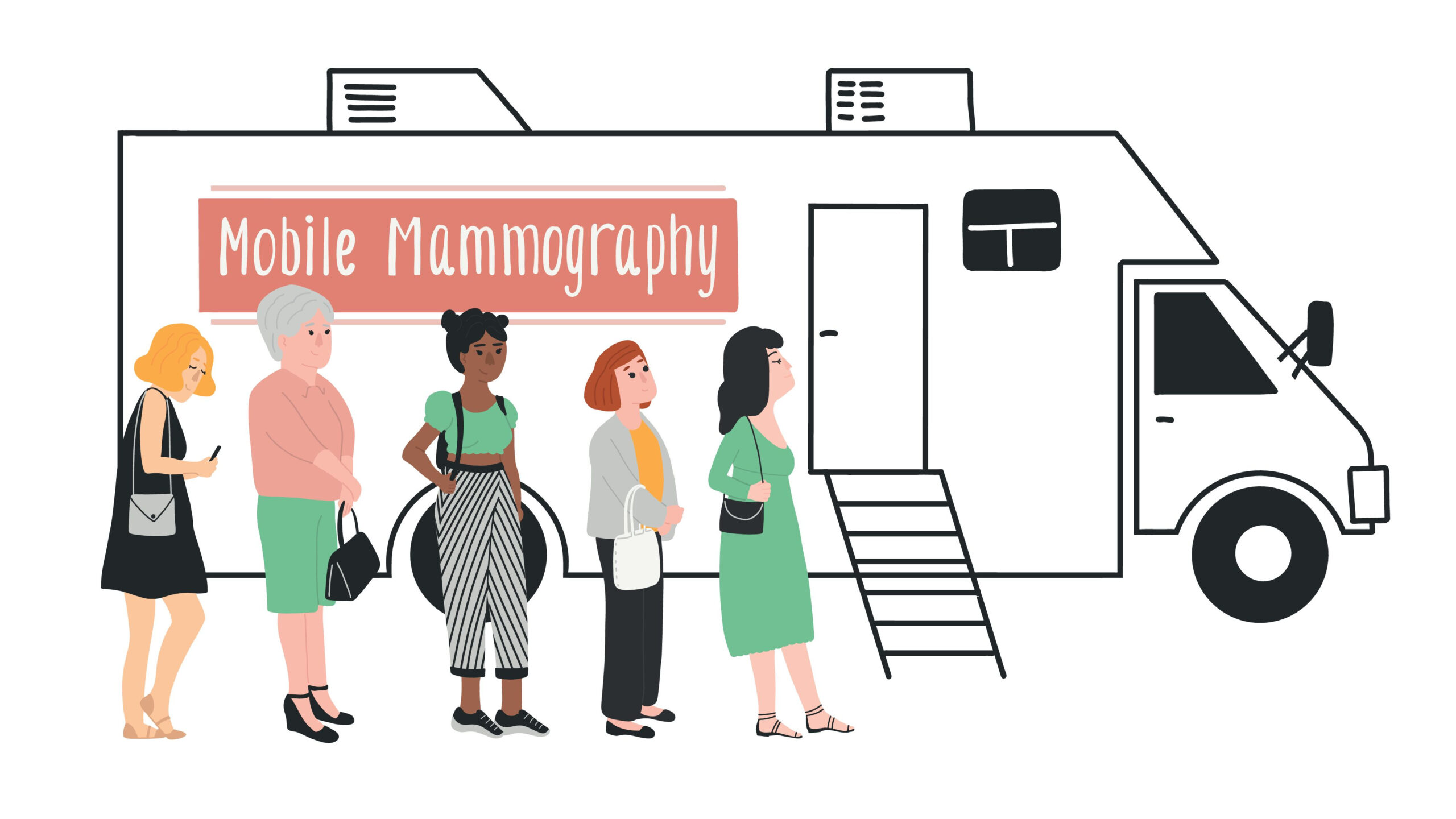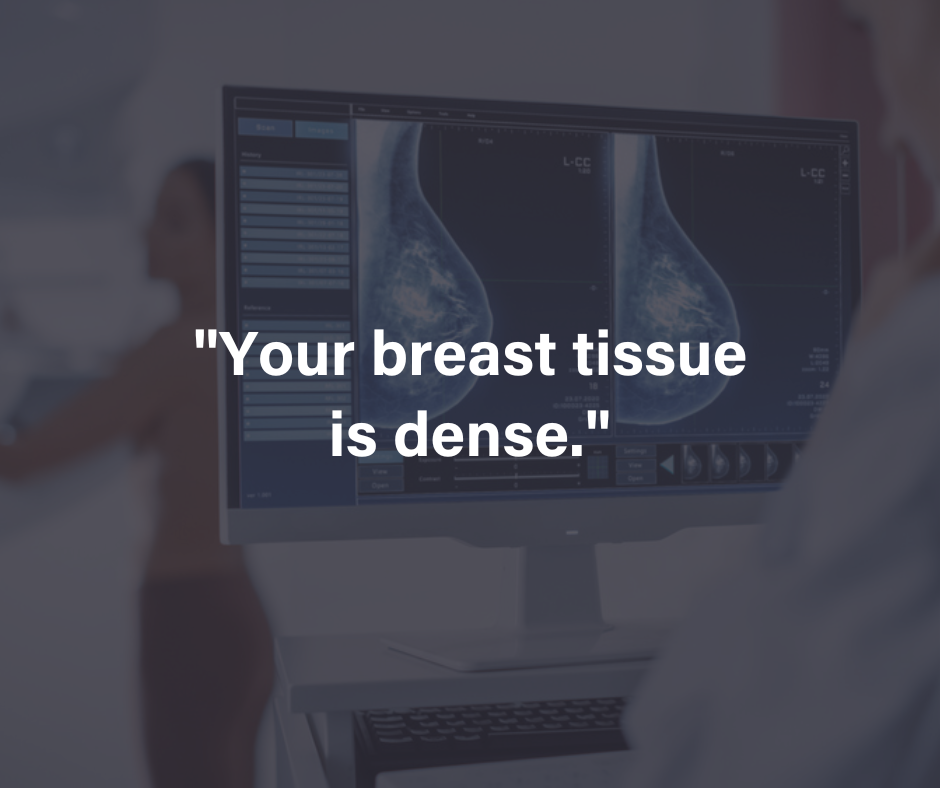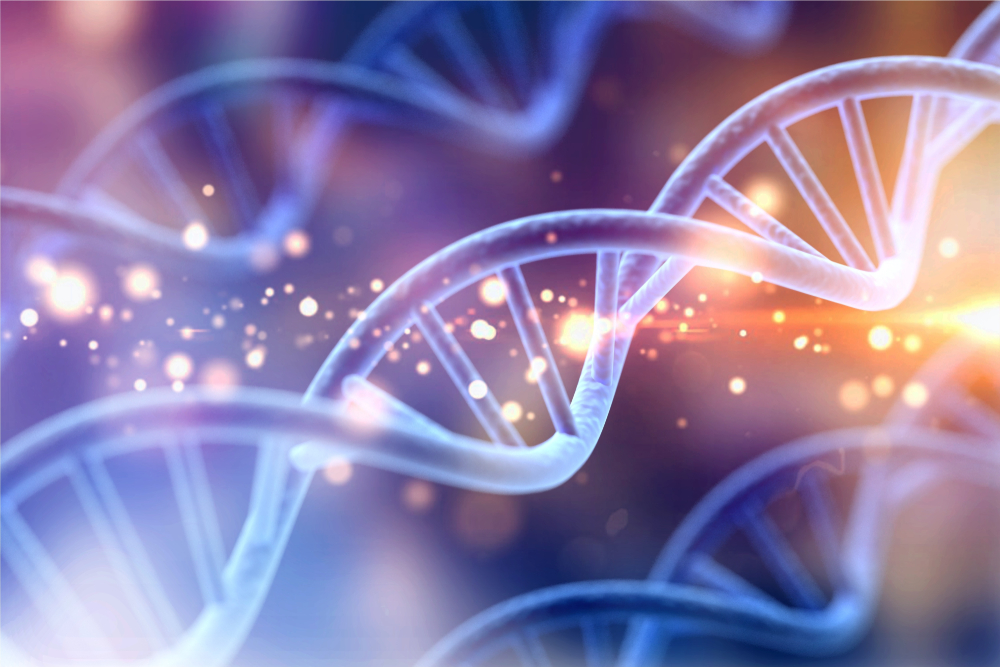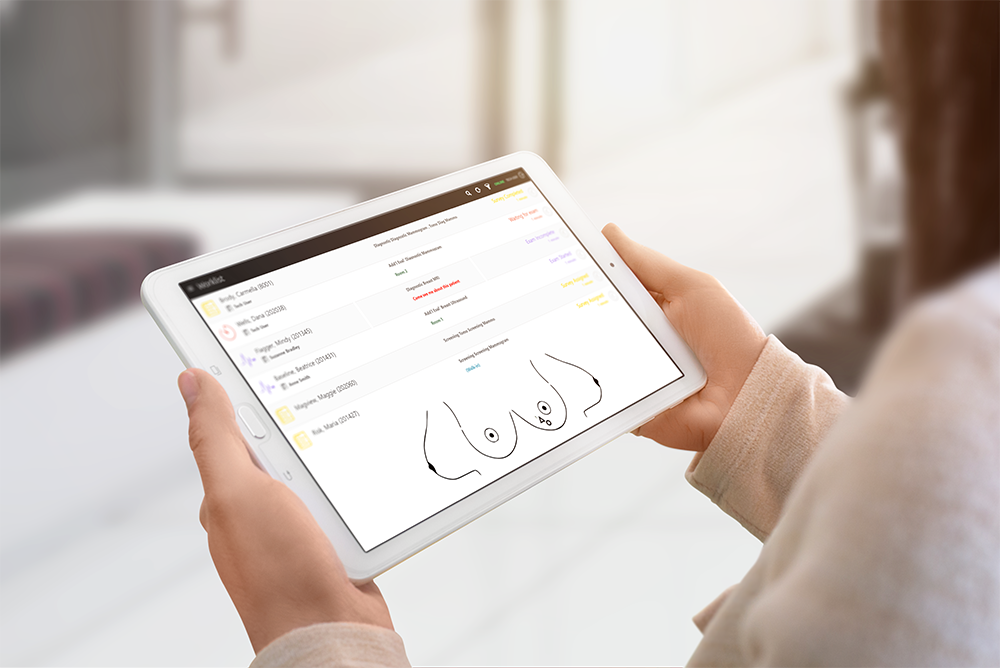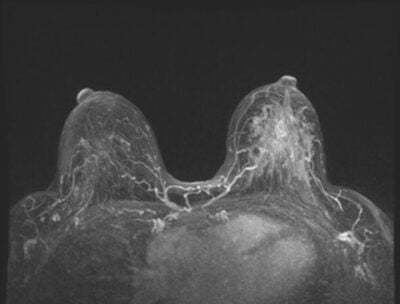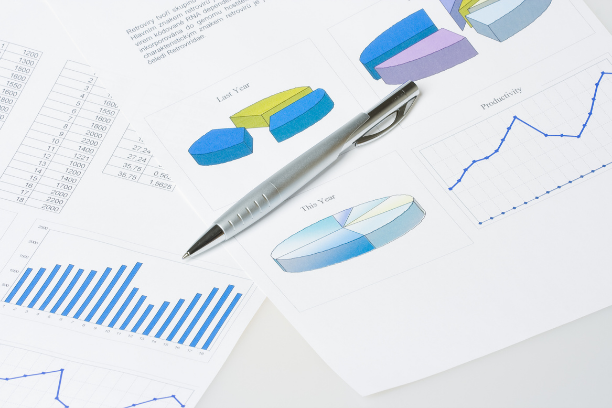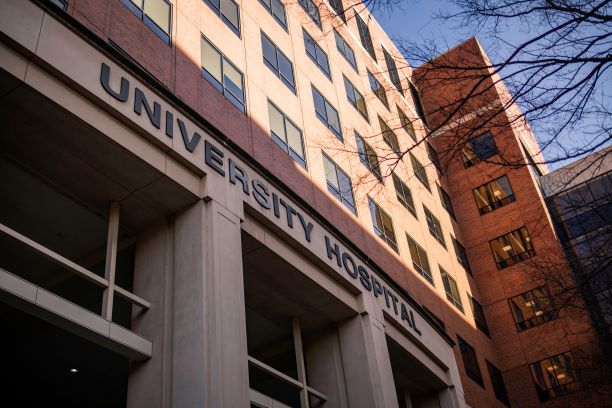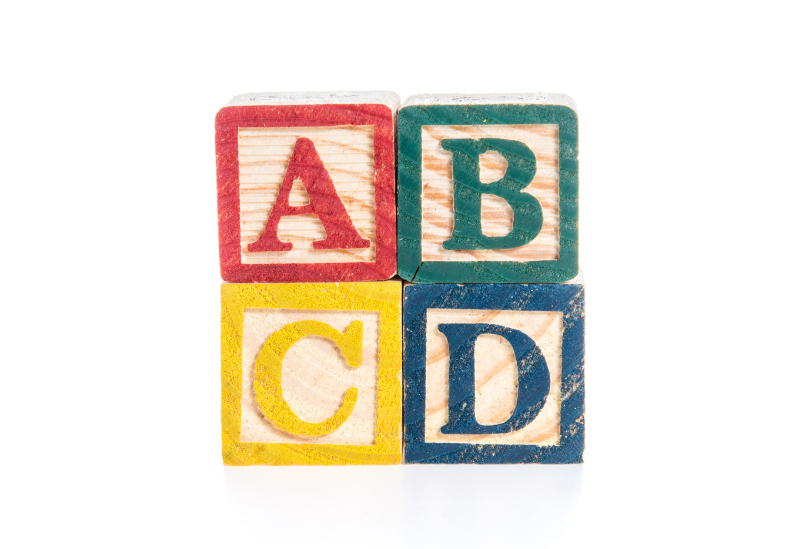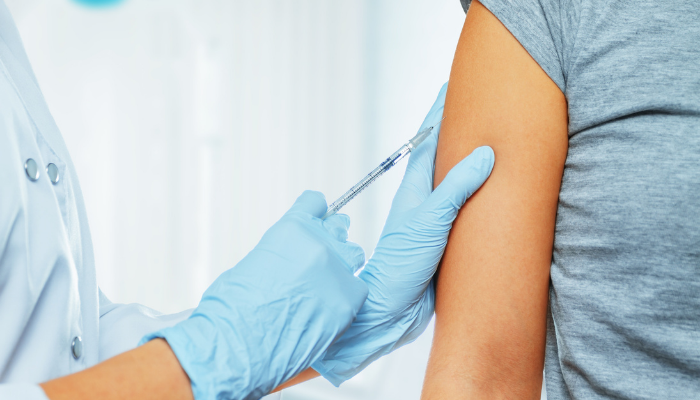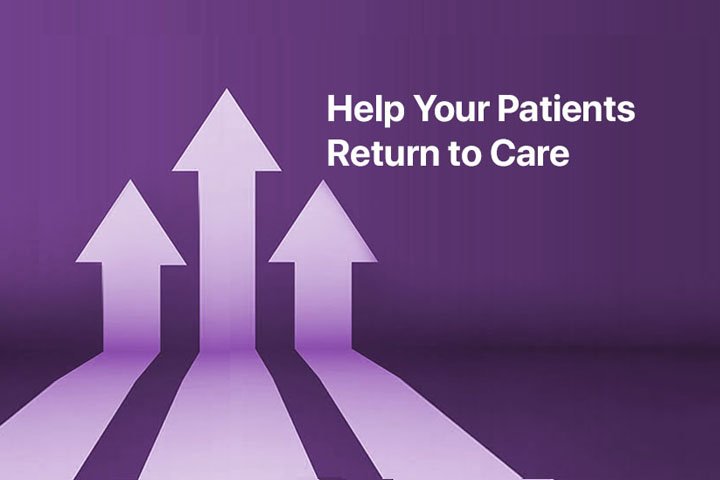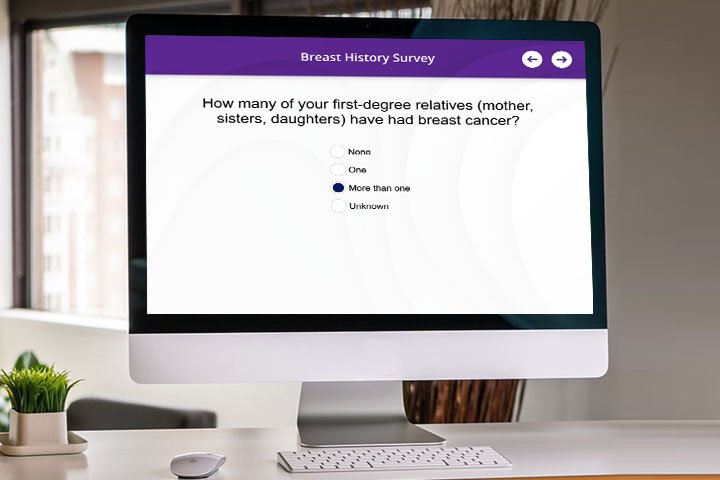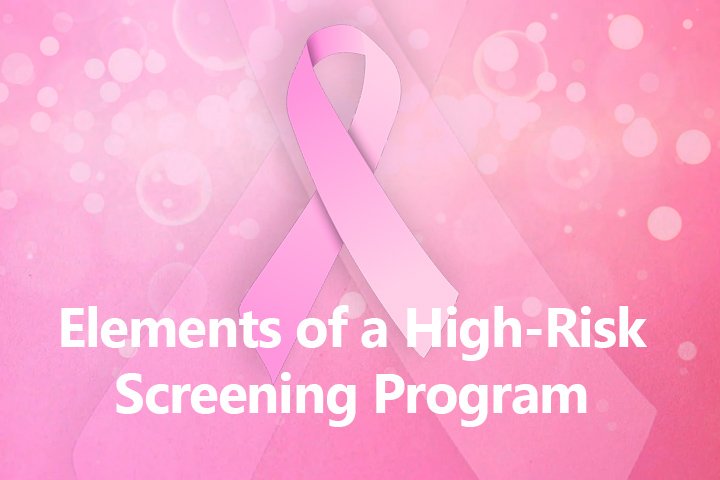A mammogram can help indicate the density of breasts. Once you get your results, you will be informed whether you have low or high-density breasts. According to the CDC, you’re at a higher risk of developing breast cancer if you have dense breasts. If your mammogram confirms that, indeed, you do have dense breasts, don’t panic. Your doctor may use Magview’s reporting and tracking software to monitor your breast health and determine whether you need further tests. This article will help you understand what breast density means to help you make informed decisions.
What Are The Different Levels of Breast Density?
Everyone either has fatty breast tissue or dense breast tissue. When you have dense breasts, it means you have more fibrous tissue than fatty tissue. On the flip side, if you have less fibrous tissue and high fatty tissue, you have fatty breasts. The breast density level may fall under the following four categories:
- A: Breasts with the highest amount of fat
- B: Breast with sections of dense tissues scattered across the breast
- C: Evenly dense breasts
- D: Extremely dense breasts
The first two categories are regarded as non-dense breasts or fatty breasts. However, women in the last two categories are identified as having dense breasts or high-density breasts.
How Do I Know I Have Dense Breasts?
The easiest way to determine whether you have dense breasts is by having a mammogram. This is because clinicians cannot feel dense breast tissue in a physical breast exam. The radiologists who analyze your mammogram can determine if you have dense breasts and which category your breasts fall under.
It’s also crucial to note that your mammogram will likely be challenging to read if you have dense breasts. That’s because the fibrous tissue will obscure minor abnormalities such as tumors. As a result, you may need additional imaging beyond the mammogram. Other imaging modalities can detect findings that may not be seen on a mammogram.
Who is Likely To Have Dense Breasts?
Medical professionals don’t know why dense breasts are a vital risk factor for breast cancer. However, they have confirmed that cancer tends to form in the densest areas of breast tissue. You’re at high risk of having dense breasts if you:
- Have never been pregnant
- Being pregnant for the first time at or above age 35
- Have a low body mass index
- Undergoing hormone therapy
- Being premenopausal
What To Do if You Have Dense Breasts
Once you’re informed that you have dense breasts, discuss with your doctor your personal risk of getting breast cancer and the next steps to take. Dense breasts are just one of the many risk factors for breast cancer. That means your doctor will also help you review other risks.
You can do this on your own using Magview’s risk assessment tools, such as the popular IBIS risk calculator. It’s also crucial to understand that there are other tests other than mammograms that can detect cancer. Speak to your doctor to know how often you should be screened for breast cancer.

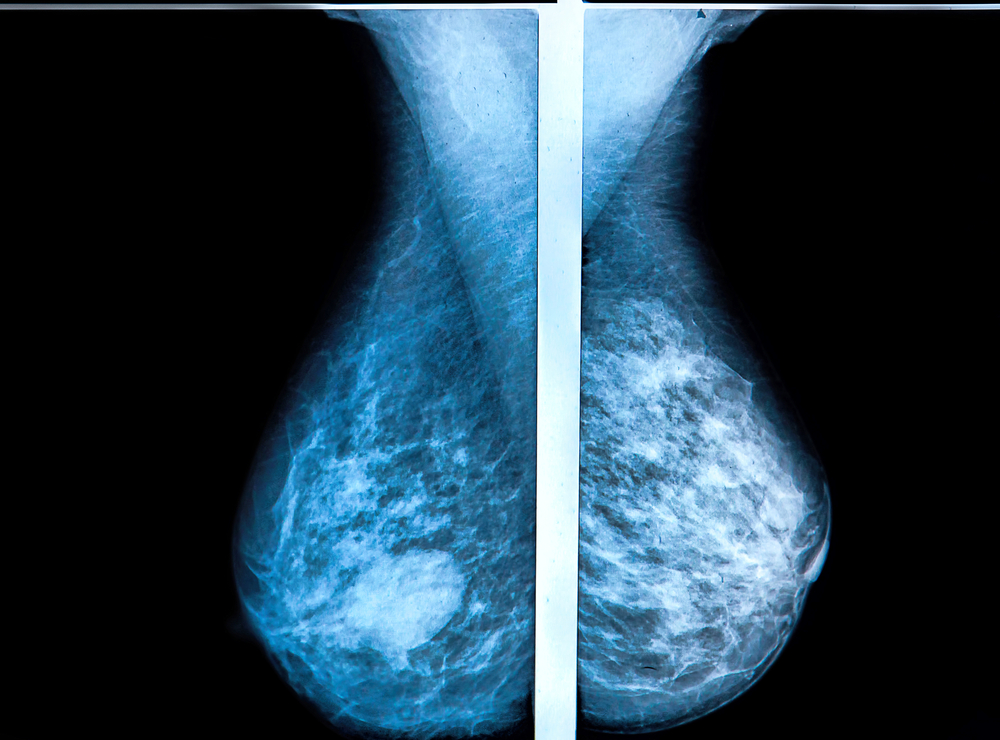

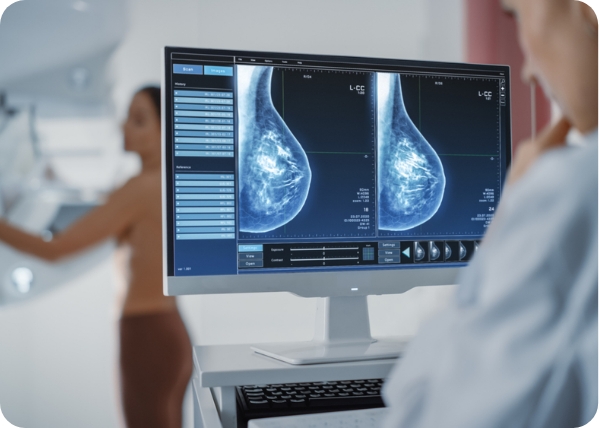

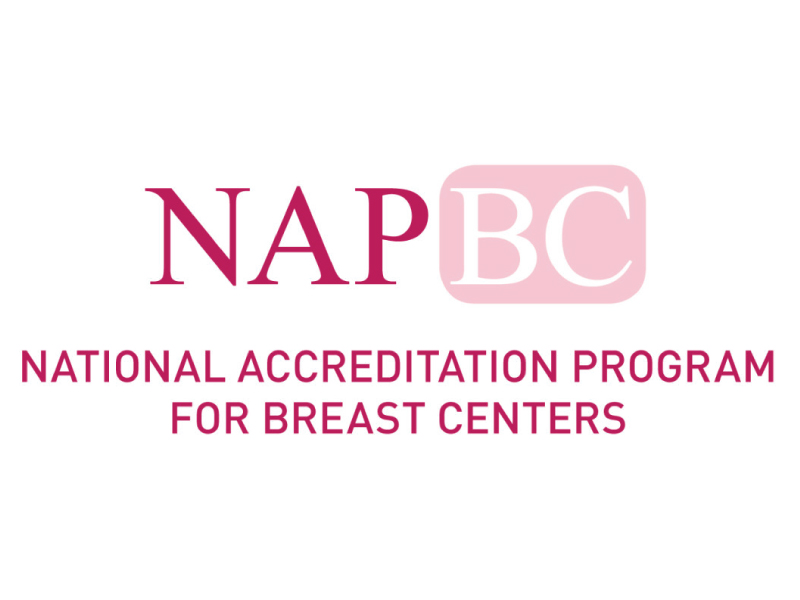
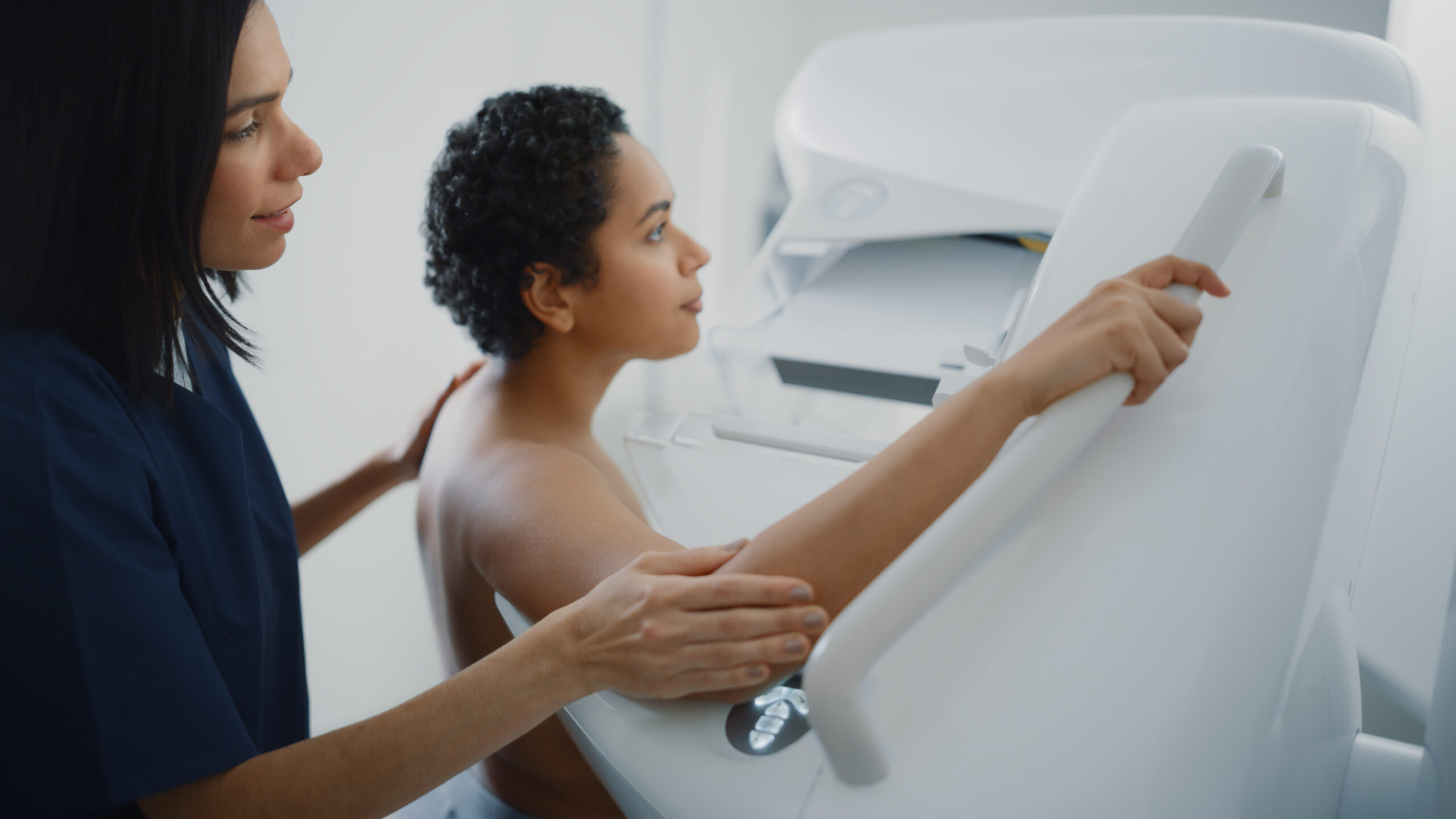
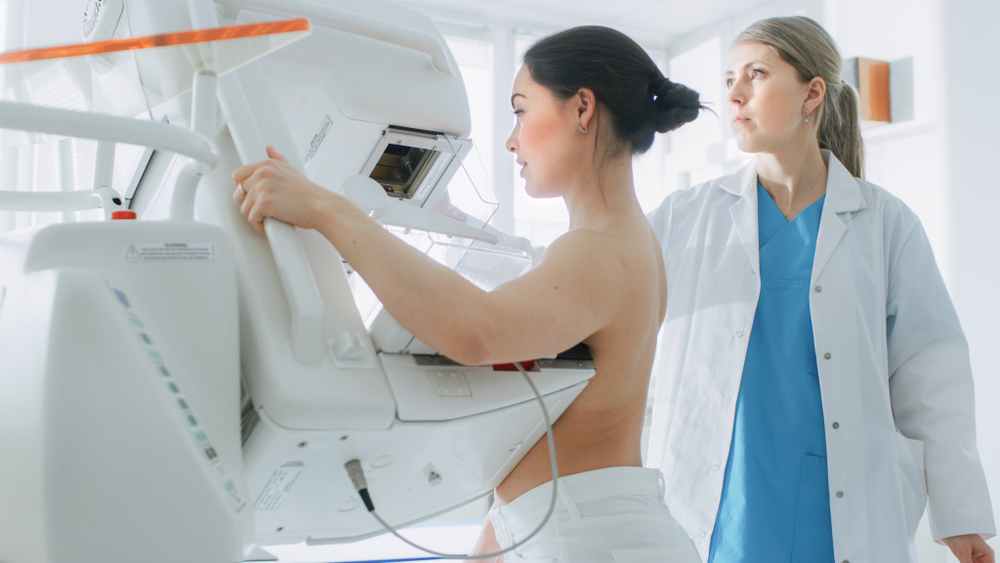
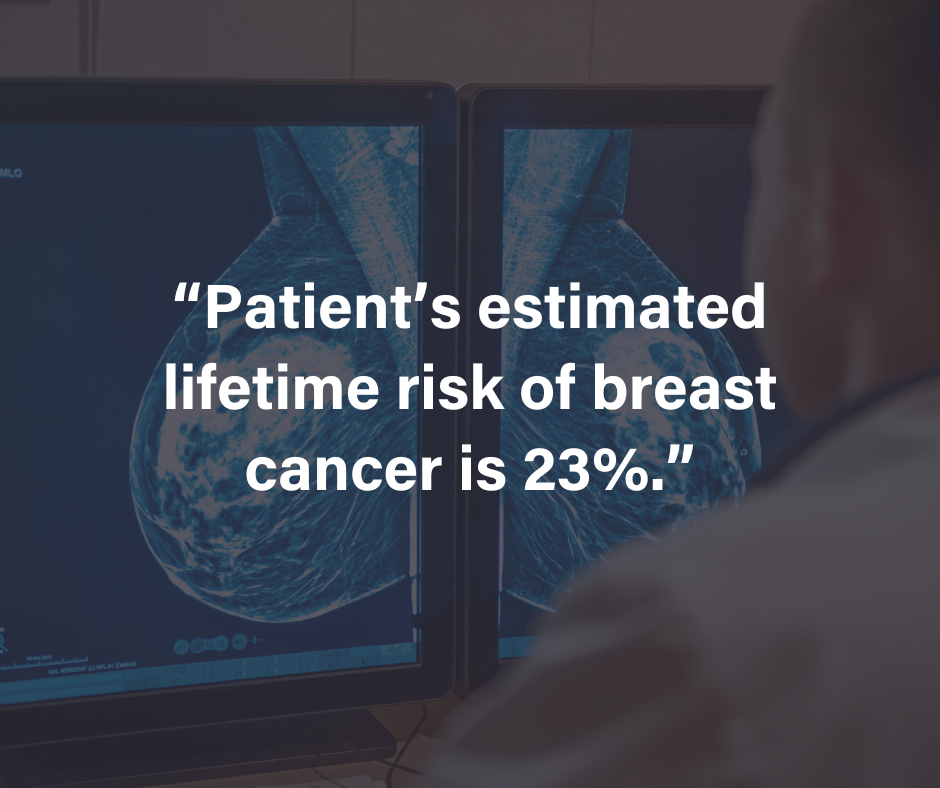
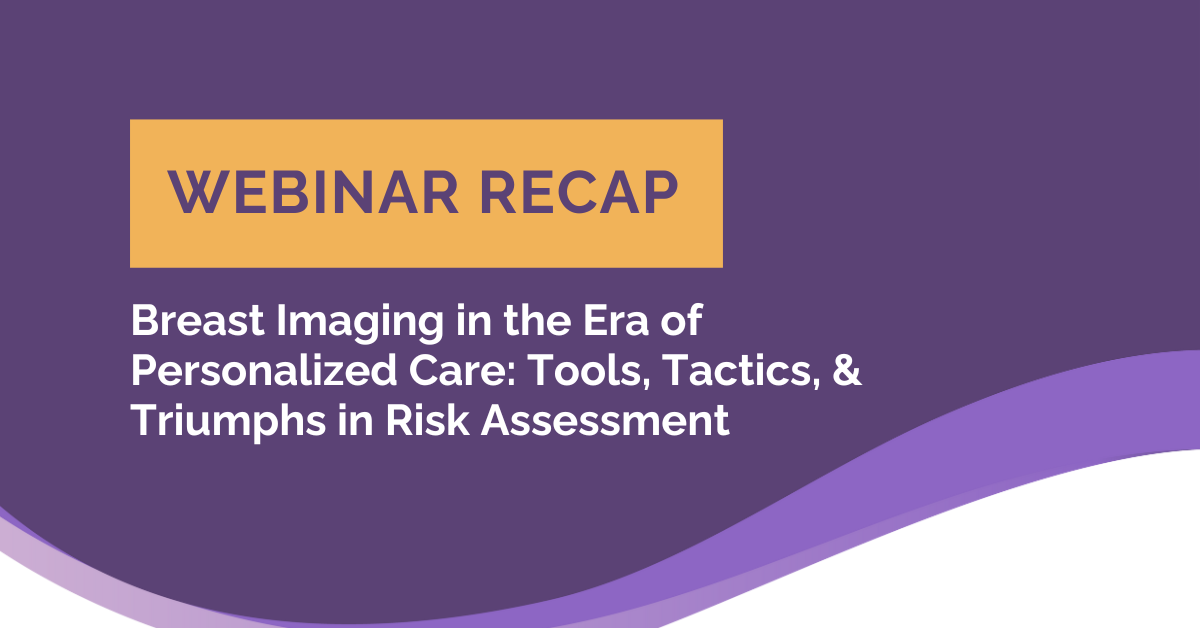
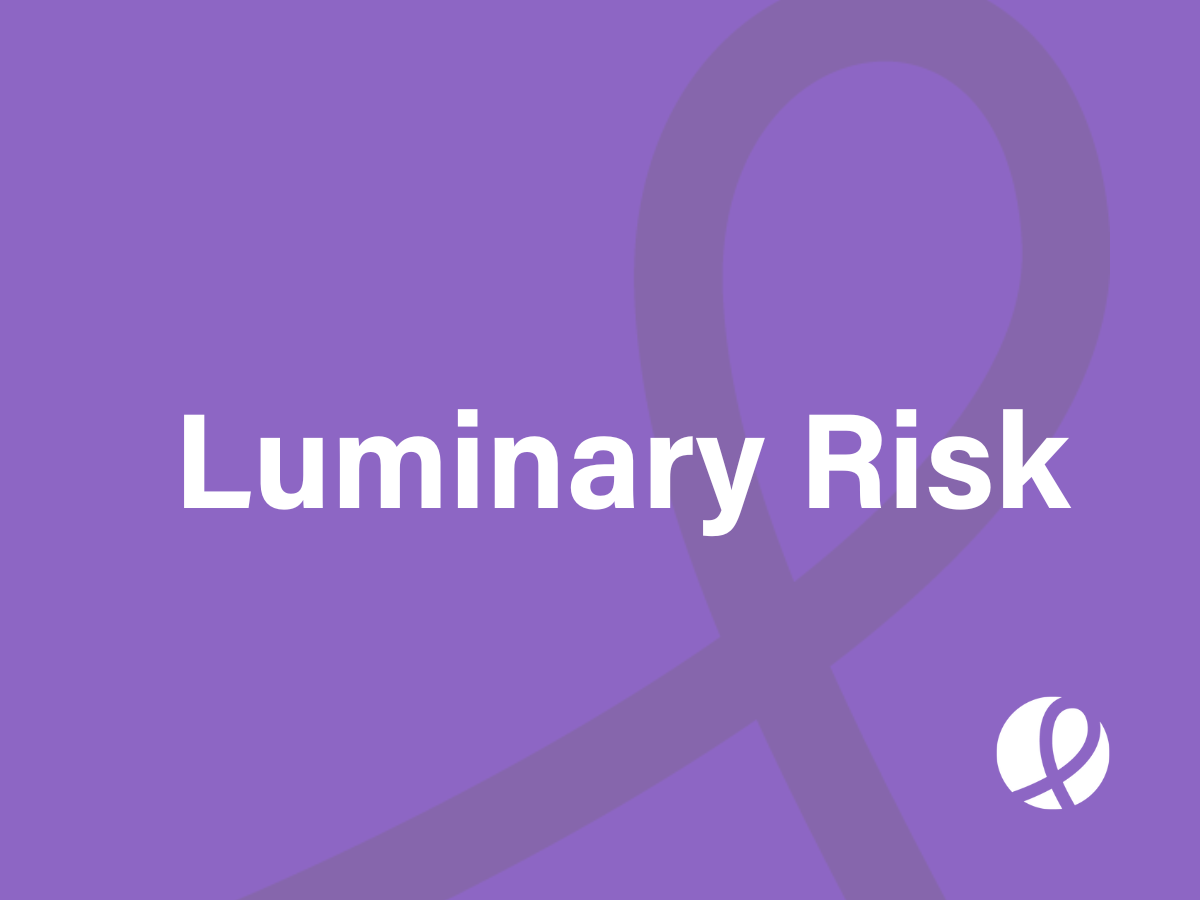



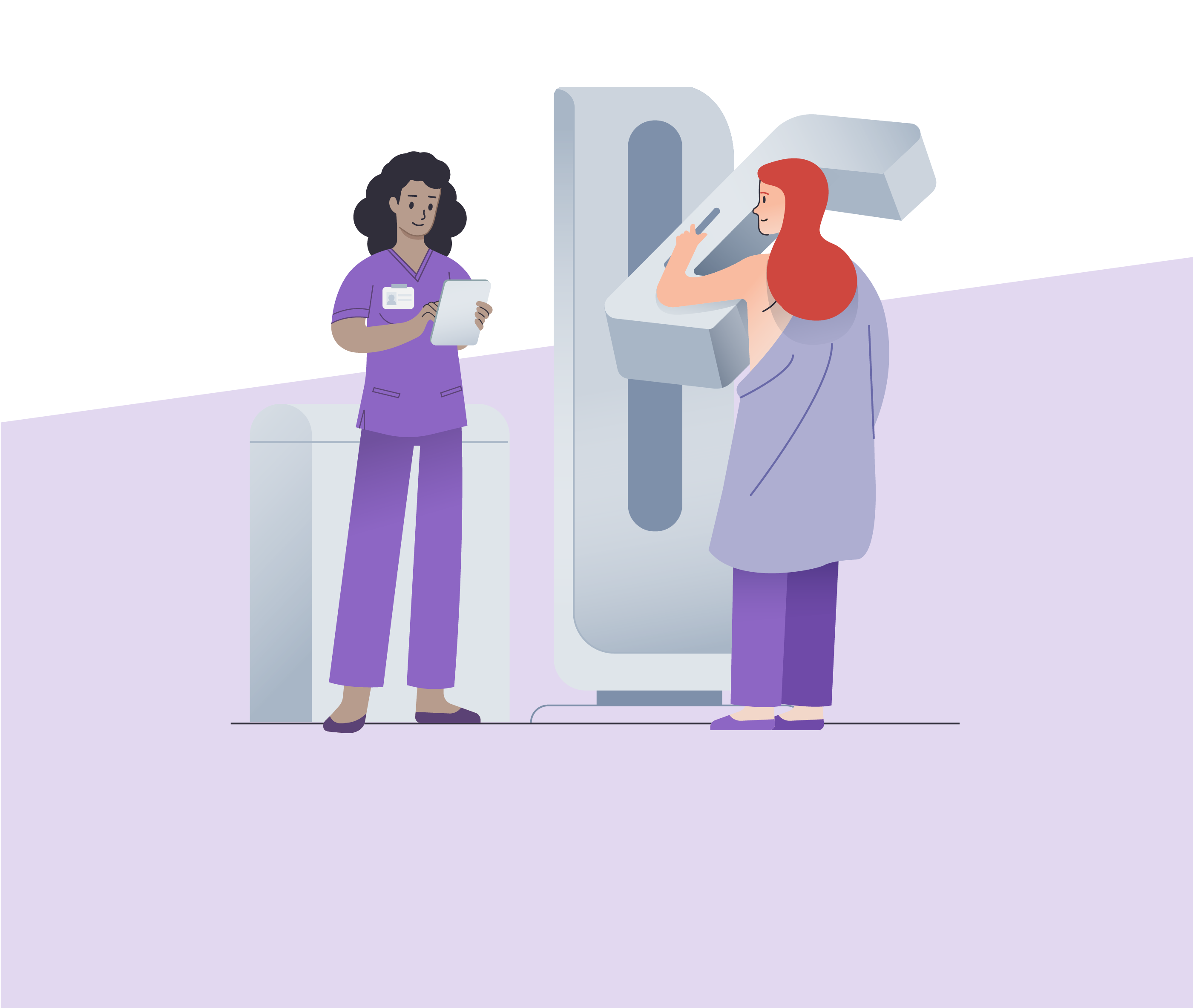

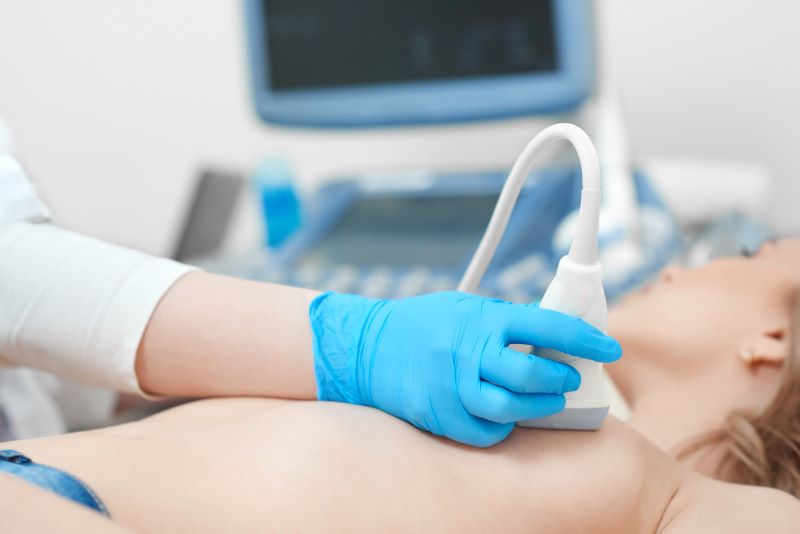
![monitoring breast density shutterstock_1299510538-[Converted]](https://magview.com/wp-content/uploads/2023/05/shutterstock_1299510538-Converted.jpg)
